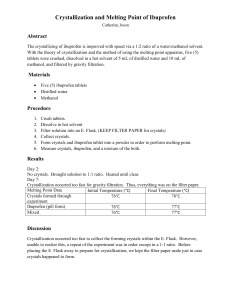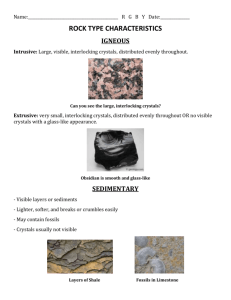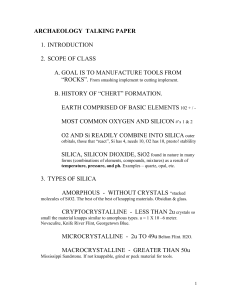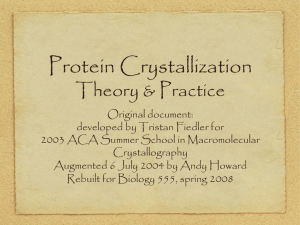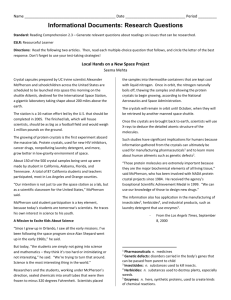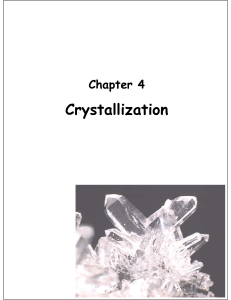Fact Sheets
advertisement
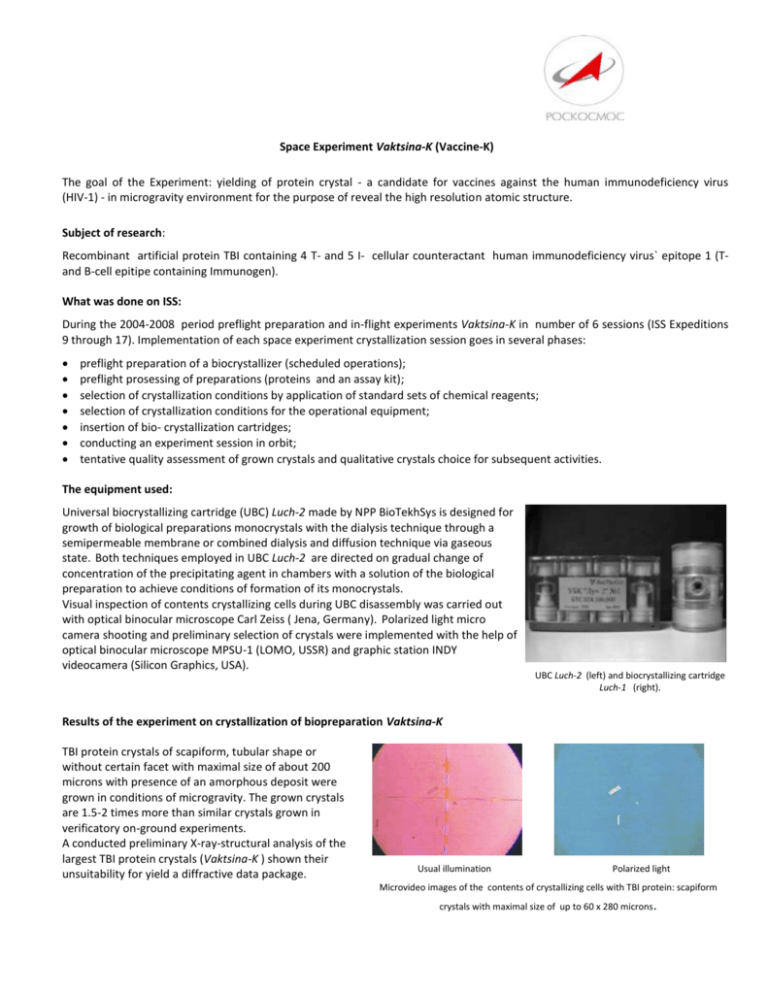
Space Experiment Vaktsina-K (Vaccine-K) The goal of the Experiment: yielding of protein crystal - a candidate for vaccines against the human immunodeficiency virus (HIV-1) - in microgravity environment for the purpose of reveal the high resolution atomic structure. Subject of research: Recombinant artificial protein TBI containing 4 Т- and 5 I- cellular counteractant human immunodeficiency virus` epitope 1 (Tand B-cell epitipe containing Immunogen). What was done on ISS: During the 2004-2008 period preflight preparation and in-flight experiments Vaktsina-K in number of 6 sessions (ISS Expeditions 9 through 17). Implementation of each space experiment crystallization session goes in several phases: preflight preparation of a biocrystallizer (scheduled operations); preflight prosessing of preparations (proteins and an assay kit); selection of crystallization conditions by application of standard sets of chemical reagents; selection of crystallization conditions for the operational equipment; insertion of bio- crystallization cartridges; conducting an experiment session in orbit; tentative quality assessment of grown crystals and qualitative crystals choice for subsequent activities. The equipment used: Universal biocrystallizing cartridge (UBC) Luch-2 made by NPP BioTekhSys is designed for growth of biological preparations monocrystals with the dialysis technique through a semipermeable membrane or combined dialysis and diffusion technique via gaseous state. Both techniques employed in UBC Luch-2 are directed on gradual change of concentration of the precipitating agent in chambers with a solution of the biological preparation to achieve conditions of formation of its monocrystals. Visual inspection of contents crystallizing cells during UBC disassembly was carried out with optical binocular microscope Carl Zeiss ( Jena, Germany). Polarized light micro camera shooting and preliminary selection of crystals were implemented with the help of optical binocular microscope MPSU-1 (LOMO, USSR) and graphic station INDY videocamera (Silicon Graphics, USA). UBC Luch-2 (left) and biocrystallizing cartridge Luch-1 (right). Results of the experiment on crystallization of biopreparation Vaktsina-K TBI protein crystals of scapiform, tubular shape or without certain facet with maximal size of about 200 microns with presence of an amorphous deposit were grown in conditions of microgravity. The grown crystals are 1.5-2 times more than similar crystals grown in verificatory on-ground experiments. A conducted preliminary X-ray-structural analysis of the largest TBI protein crystals (Vaktsina-K ) shown their unsuitability for yield a diffractive data package. Usual illumination Polarized light Microvideo images of the contents of crystallizing cells with TBI protein: scapiform . crystals with maximal size of up to 60 х 280 microns The Future: It is necessary to continue the research with application of specific crystallization techniques impossible under conditions of space flight on the ISS to create a new generation of medicinal and preventive preparations against the human immunodeficiency virus (HIV-1). __________________________________________________________________________ Experiment planner: JSC Biopreparat. Research Leader: Doctor of Science (Medicine), professor G.Y.Shcherbakov, e-mail: biopreparat_l@mail.ru, ph. (495) 787-26-97, 787-74-78.


